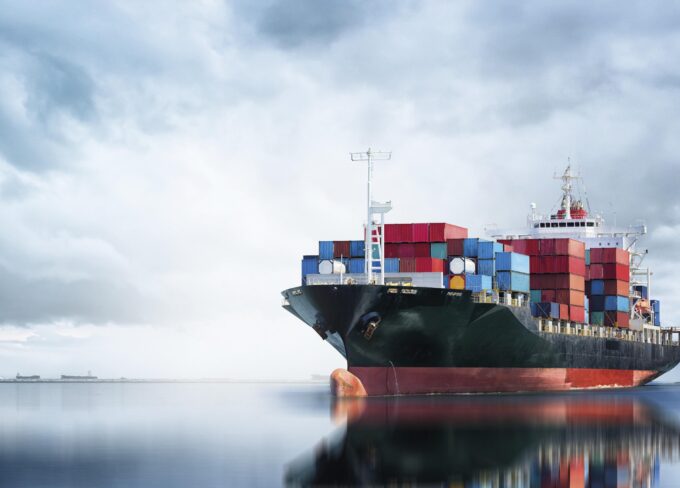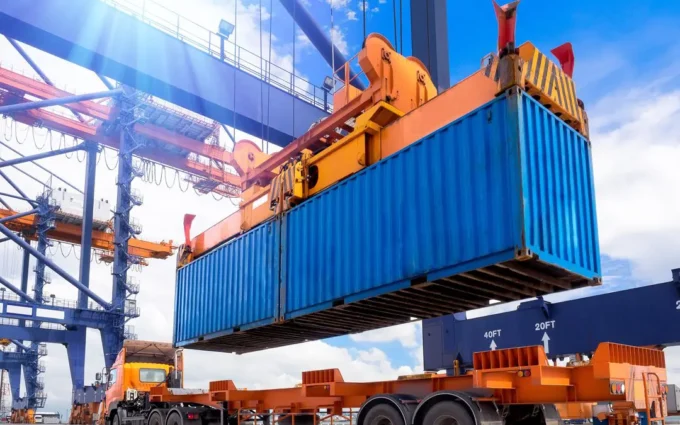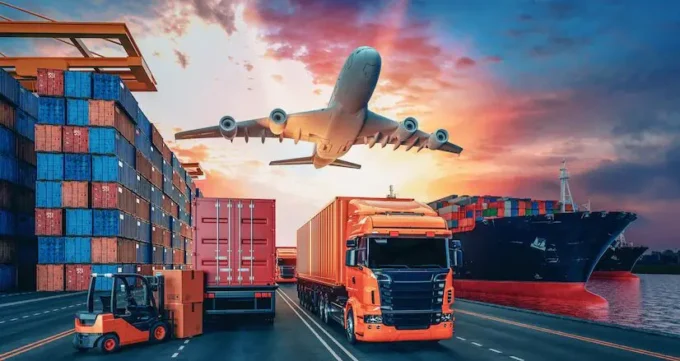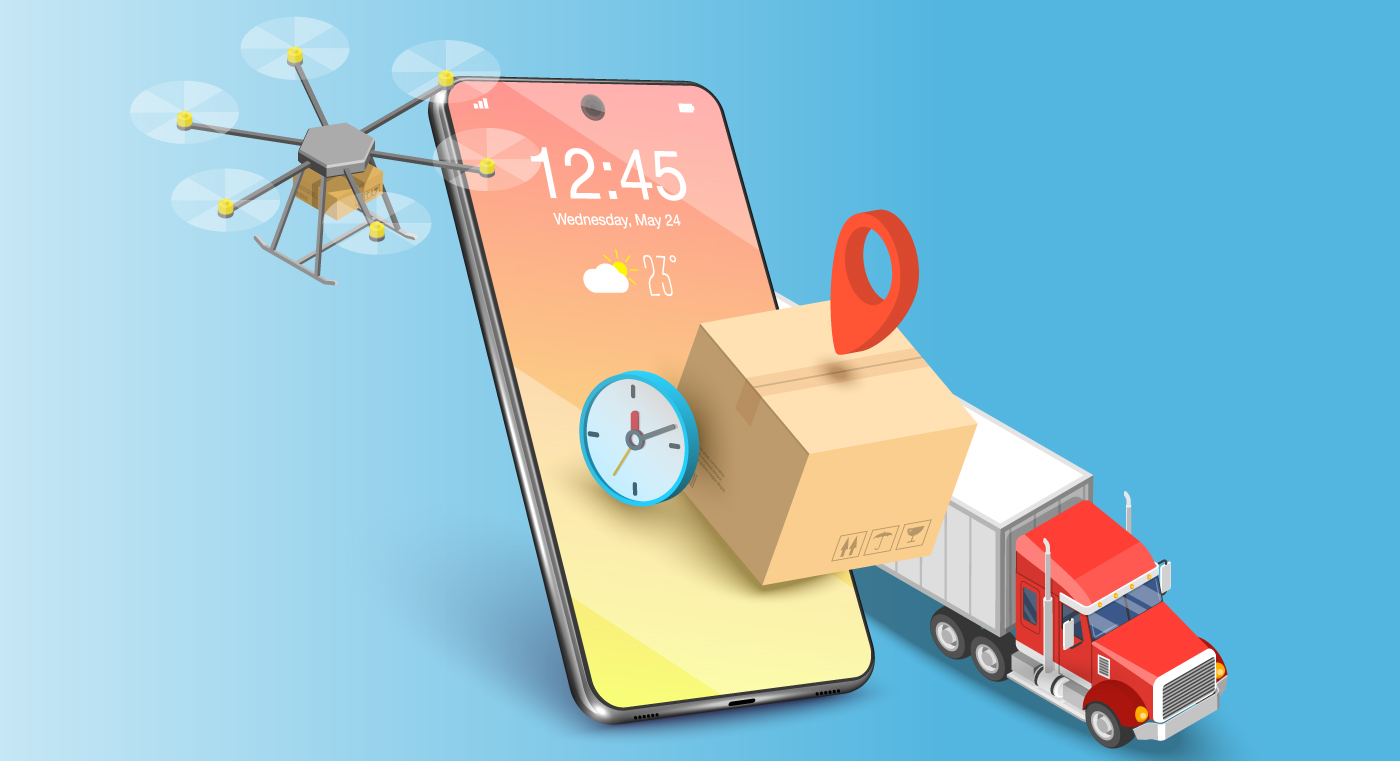In the vast and intricate world of global commerce, the art and science of shipping play pivotal roles. At the heart of this colossal machine is the capacity to accurately track shipments and forecast stowage requirements in real time. This dynamic duo of tracking and stowage estimation has revolutionized the shipping industry, ensuring that it keeps pace with the demands of our fast-moving world.
The Essence of Real-Time Tracking

Imagine the journey of a package in a shipping marketplace: from the moment it leaves the factory floor until it arrives at your doorstep, it traverses an intricate network of roads, seas, and skies. Real-time tracking is the technology that allows us to monitor this journey every step of the way. It’s not just about knowing the package’s location; it’s about visibility and transparency. This technological marvel relies on a symphony of GPS technology, mobile networks, and sophisticated software platforms that communicate incessantly to provide updates on location, condition, and estimated time of arrival (ETA).
The beauty of real-time tracking lies in its ability to mitigate uncertainty. In the past, shipments could disappear into a black hole, leaving customers and businesses anxious and in the dark. Today, real-time tracking shines a light on the entire process, transforming the way we think about shipping. It’s a tool for empowerment, allowing businesses to make informed decisions and providing customers with peace of mind.
The Strategy Behind Stowage Estimations
While tracking tells us where a package is, stowage estimation tells us how we can optimize its journey. Stowage planning is a complex puzzle, involving the arrangement of cargo in a manner that maximizes space, ensures safety, and complies with regulatory requirements. It’s about understanding the dimensions, weight, and nature of the cargo, and then determining the best way to accommodate it on a vessel, aircraft, or vehicle.
The advent of sophisticated algorithms and computer modeling has elevated stowage estimation from a manual, error-prone process to a streamlined and efficient operation. These tools can simulate various loading scenarios in seconds, taking into account factors like balance, stability, and compatibility of goods. The result is a plan that optimizes space utilization, reduces fuel consumption, and minimizes the risk of damage to the cargo.
The Symbiosis of Tracking and Stowage

Real-time tracking and stowage estimations may seem like separate entities, but they are profoundly interconnected. Tracking provides the data necessary to refine stowage plans on the fly. For instance, if a shipment is delayed, real-time tracking alerts the stakeholders, allowing them to adjust the stowage plan accordingly. This symbiotic relationship ensures that the shipping process is not only efficient but also adaptable to the unpredictable nature of global logistics.
Challenges and Innovations
Despite the advancements, the journey is not without its challenges. The sheer volume of data generated by real-time tracking can be overwhelming, and interpreting this data to make meaningful stowage adjustments requires sophisticated analytics platforms and expertise. Furthermore, the global nature of shipping introduces complexities such as diverse regulatory environments, varying infrastructure capabilities, and the need for cross-border communication and coordination.
However, challenges breed innovation. The shipping industry is witnessing the emergence of technologies like blockchain, which promises to enhance transparency and security in shipping transactions. Artificial intelligence (AI) and machine learning are being harnessed to predict disruptions and optimize routes. Drones and autonomous vehicles are beginning to play roles in delivery, promising to redefine the last mile. These innovations not only address the challenges but also open up new possibilities for efficiency and sustainability in shipping.
The Human Element

In the discussion of technology and innovation, it’s essential not to overlook the human element. Technology serves as a tool, but the expertise, experience, and judgment of logistics professionals are irreplaceable. The success of real-time tracking and stowage estimations depends not just on the algorithms and devices but also on the people who deploy and interpret these technologies. Training, collaboration, and adaptability are crucial in leveraging these tools to their fullest potential.
The Path Forward
As we look to the future, the trajectory of shipping is clear: more integration, more automation, and more sustainability. Real-time tracking and stowage estimations will continue to evolve, becoming more accurate, more comprehensive, and more indispensable. The shipping industry is poised to become more transparent, more efficient, and more responsive to the needs of a global economy.
The Ripple Effects on Global Trade
Real-time tracking and stowage estimations have profound implications for global trade. By enhancing the efficiency and reliability of shipping, they reduce the cost and time involved in transporting goods across borders. This efficiency boosts trade by making it feasible for a wider range of goods to be traded profitably. Furthermore, the transparency provided by real-time tracking builds trust among trading partners, encouraging even more international trade. As trade barriers diminish, countries can specialize further, leveraging their comparative advantages to foster economic growth.
Steering Towards Environmental Sustainability

The environmental impact of shipping cannot be understated, with the industry being a significant contributor to global carbon emissions. However, the optimization provided by stowage estimations and the enhanced route planning enabled by real-time tracking can significantly reduce this footprint. By maximizing cargo space and optimizing routes, ships and planes can reduce fuel consumption, thereby lowering emissions.
Additionally, better planning and tracking can reduce the likelihood of accidents that can have devastating environmental impacts. As the world moves towards a more sustainable future, the shipping industry’s efforts to minimize its environmental impact will be crucial.
Final Words
Real-time tracking and stowage estimations represent the nexus of technology and logistics, offering a glimpse into the future of shipping. They have transformed the industry, making it more transparent, efficient, and adaptable. As we navigate the complexities of global commerce, these tools will continue to play critical roles, ensuring that goods move seamlessly across the globe.
The journey of shipping, much like the journey of a single package, is one of constant movement and adaptation. With each innovation, with each challenge overcome, the industry moves forward, promising a future where shipping is not just a necessity but a seamless, integrated part of our interconnected world.










